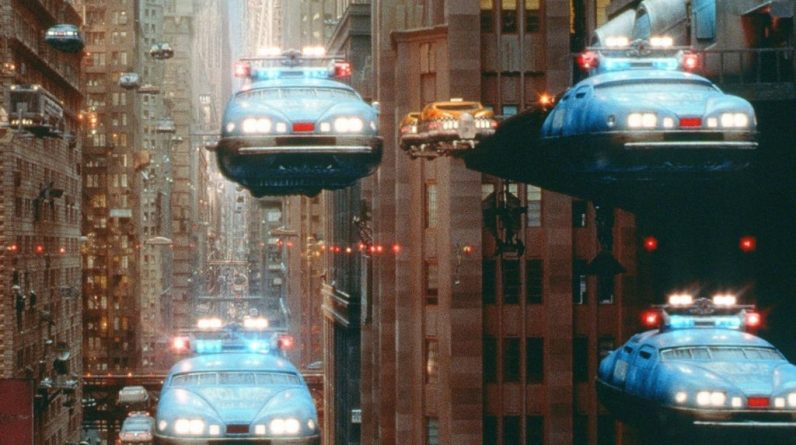
The concept of futuristic flying cars has captivated human imagination for decades. It was once considered a mere fantasy confined to the realms of science fiction, but recent advancements in technology have brought this futuristic vision closer to reality.
Embed from Getty ImagesIn this article, we will explore the remarkable progress made in the development of flying cars, the challenges they face, and the potential impact they may have on transportation and society as a whole.
The Concept of Flying Cars
The idea of flying cars has long been a staple in science fiction literature, movies, and TV shows. From the Jetsons’ flying vehicles to the DeLorean time machine in “Back to the Future,” the concept has captured our imagination and sparked our desire for a world where we can effortlessly soar through the skies. But is it really possible to turn this vision into reality?
Advancements in Aerodynamics and Propulsion Systems
Embed from Getty ImagesOver the years, significant progress has been made in the fields of aerodynamics and propulsion systems, bringing us closer to the development of futuristic flying vehicles. Engineers and designers have been exploring innovative designs that combine the principles of aircraft and automobiles, aiming to achieve efficient vertical takeoff and landing (VTOL) capabilities.
Electric and Autonomous Technologies
The rise of electric and autonomous technologies has played a pivotal role in the development of futuristic flying cars. Not only that, but electric propulsion systems offer clean and quiet operation, making them an attractive option for urban environments. Furthermore, advancements in autonomous technology have paved the way for self-flying cars, eliminating the need for specialized piloting skills and enhancing overall safety.
Infrastructure Challenges and Solutions
Embed from Getty ImagesOne of the significant challenges in realizing the potential of futuristic flying cars lies in the development of suitable infrastructure. The creation of dedicated takeoff and landing zones, commonly known as “vertiports,” is crucial to enable safe and efficient operations. In addition, integrating air traffic management systems and developing communication networks are essential for coordinating the movements of flying cars.
Environmental Implications
As the world strives for sustainable transportation solutions, the environmental implications of futuristic flying vehicles cannot be overlooked. Moreover, electric propulsion systems significantly reduce carbon emissions compared to traditional combustion engines. However, the increased air traffic associated with flying cars may lead to noise pollution and energy consumption concerns, requiring careful management and mitigation strategies.
Commercial Viability and Market Outlook
Embed from Getty ImagesThe commercial viability of futuristic flying vehicles depends on several factors, including cost, infrastructure development, and public acceptance. Although initial models are expected to be costly and targeted toward niche markets, advancements in technology and economies of scale may eventually drive down costs. This eventually makes them more accessible to the general public.
Challenges and Limitations
Despite addressing the remarkable progress made, there are still challenges and limitations that require attention. Ensuring the safety and reliability of futuristic flying cars, developing efficient battery technologies for longer flights, and creating a seamless integration with existing transportation systems are just a few of the hurdles that lie ahead. Additionally, overcoming these challenges will require collaborative efforts from industry stakeholders, researchers, and policymakers.
Ending Note
The dream of futuristic flying cars is no longer confined to the pages of science fiction novels. However, with significant advancements in technology, electric propulsion, and autonomous systems, the possibility of turning this dream into reality is within reach.
Embed from Getty ImagesAs we navigate the path toward a new era of transportation, the rise of futuristic flying vehicles holds the potential to revolutionize urban mobility and reshape the way we travel.






